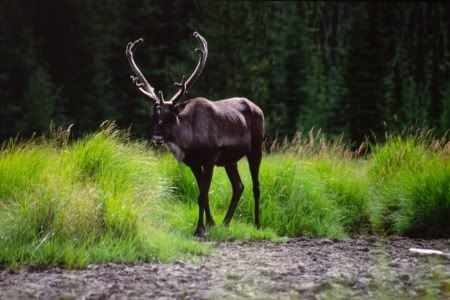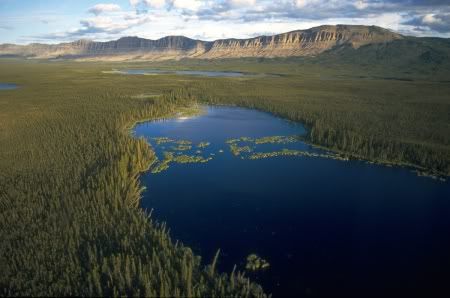
Woodland Caribou
Credit: Wayne Sawchuk, Northern Images
As I'm sure you've figured out by now, solving the climate change crisis isn't exactly a simple equation. While emissions reduction mandates are a must for any international standards, protecting forests (which store large quantities of carbon) from development is equally critical in fighting climate change in the short-term. Around 20% of all greenhouse gas emissions come from deforestation, more than the entire transportation sector, so this is obviously no laughing matter.
However, protecting forests isn't just about keeping the carbon in the ground. As it turns out, some of the most carbon-abundant forests and peat lands are also home to some of the world's most threatened species. In Canada, for example, sections of the Boreal Forest most rich in carbon also happen to be some of the last remaining intact habitat for Woodland Caribou, a species facing serious decline.
But why take my word for it? My friend and colleague Harvey Locke recently sent me this great article in the International Journal of Wilderness, of which he is a co-author, talking about the opportunities to protect both carbon and biodiversity:
/resources/article-ijw-lockemackey.pdf
Do read it if you have a few minutes. Rarely do we have the opportunity to feed two birds with one feeder when it comes to the environment (the rock analogy wouldn't be fitting for this blog), but this could be an exception.

Oscar Lake in the Boreal Forest
Credit: D. Langhorst, Ducks Unlimited Canada

